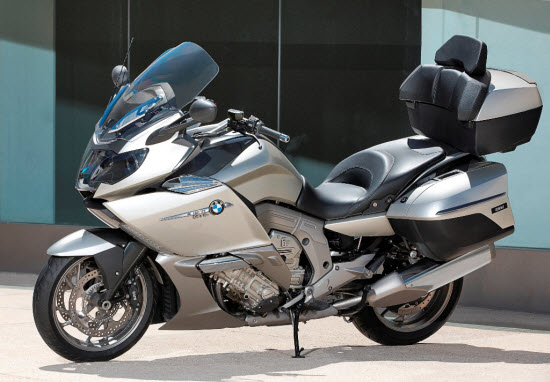The motorcycles used in MotoGP are purpose-built, purebred racing bikes - ‘prototypes’ - which are not available for purchase by the general public and cannot be legally ridden on public roads.
The technical regulations to which Grand Prix teams must adhere to when they build their bikes for MotoGP™ competition provide a simple guide to the type of machinery the riders use.
Engine sizes permitted in each class are as follows:
MotoGP - As of the 2012 season, the maximum engine displacement permitted is 1000cc with a maximum of four cylinders and maximum bore of 81 mm - 2-stroke engines are not allowed. A maximum of 5 engines may be used by each permanent contracted rider for all the scheduled races of the season. Penalty for infringement of this means the rider will start from the pit lane 5 seconds after the start of the race. However, if a manufacturer di not won a dry race in 2013, or has joined the paddock since, it is allowed 12 engines.
From 2014, teams not directly entered by one of the major manufacturers as a factory team or satellite outfit, will be categorised in the so-called “Open class”. Whilst all factory teams (MSMA entries) will have to use the spec Magneti Marelli hardware with their own software, the “Open class”, regardless of its mechanical make-up, will run the spec hardware as well as software. From a mechanical standpoint, the “Open class” in 2014 will consists of full-blown prototypes (with Magneti Marelli software), prototype chassis and factory-spec engines. A total of 12 engines are allowed.
1:YZR M1
2:Ducati Desmosedici GP15
3:Honda RCV13
4:Suzuki GSV-R XRG2



















































